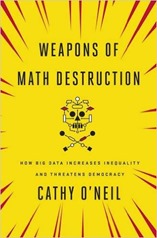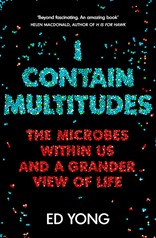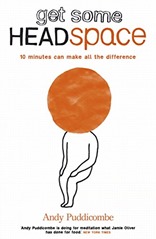Over the past year or so I’ve been making an effort to read more books authored by people who aren’t white men. I suppose the trigger for this was my post on feminism in which I realised that women live quite different lives from me. I thought it would be interesting to find out more, and since I read a lot this seems a natural place to start.
My reading divides into three broad categories:
- Fiction, quite often science fiction – I don’t tend to blog about this;
- Technical books in the area of programming and machine learning;
- Other non-fiction – mainly the history of science or industrial history;
These categories differ in the way that I select books to read and my reason for reading them. Fiction I tend to read in bed shortly before I go to sleep, whilst non-fiction I read earlier in the day (when I can take notes). Fiction I read entirely for entertainment whereas non-fiction I enjoy but I’m normally reading for some purpose.
Non-fiction I select from my interests, and recommendations on twitter. For example, I’m interested in James Clark Maxwell and the number of book-length biographies of Maxwell is approximately 2. Fiction I’ve tended to select from prize winning, recommendations by Amazon or similar or from habit.
It turns out switching to reading more women authors of fiction was pretty straightforward. Of the fiction I’ve read over the last couple of years, about 60% was written by women and 70% was written by women or men who were not white Westerners (I read the Cixin Liu trilogy and a couple of books by Ramez Naam, whose is Egyptian by birth).
Are these books by women different from those written by male authors? One obvious difference is the main protagonist is more often female, and themes around sexual ambiguity are more common. It feels like there is a bit more inner emotional life to characters, and their interactions with others. This is all subjective since I didn’t make these readings blind. Books like “The Left Hand of Darkness” by Ursula le Guin and The Imperial Radche trilogy by Ann Leckie are amongst the best fiction I’ve read.
In the past I would likely picked books by male authors because that is the sort of book I felt would interest me, I associated women authors with girly things in which a boy should not be involved. There’s a huge range of science fiction written by women so it was easy to change my habits.
Outside of fiction I have had more trouble. On the non-fiction side the fraction of women authors in the books I read is about 14%. This is a little odd since I can easily list several very good women authors in the area in which I read – Lisa Jardine, Andreas Wulf, Jenny Uglow, and Georgina Ferry. It seems likely this low proportion is in part driven by a lower proportion of books written by women in the areas in which I am interested. The proportion of women winners and short-listed authors in the Royal Society Science Book prize, going back to 1988, is about 8% (see the spreadsheet here). I struggle to discern a difference between these books, predominately on the history of science, written by men and women. More generally it seems like the role of women in the development of science is more widely recognised and written about than it was perhaps 30 years ago. Looking back at the authors I have enjoyed I see they have written other books that interest me, and the Royal Society Science Book list looks like a good source for more.
In technical books the proportion of women authors I have read is even lower, at 6%. This corresponds to one author so its something of an uncertain figure: that’s to say chance could have easily given me no female authors or twice the number. This seems to be approximately reflective of the proportion of technical books with women authors. Of the O’Reilly books in their “Python” section 6 of 46 authors were women (corresponding to 13%), for Manning 3 of 70 authors in their Software Engineering section are women (corresponding to 4.5%). It also seems to be roughly in line with the proportion of women contributors to Open Source projects on GitHub (at about 6%).
In my non-fiction and technical reading I felt I had no prior bias as to gender of the author, I selected based on my interests (primarily the history of science) or what I felt I needed to learn from the point of view of professional development. As a result I read a low proportional of women authors in these areas largely because there are a lower proportion of books authored by women.
You can see all the books I have read on my Goodreads profile, although the dates and sequences of reading go to pot in mid-2015.




 Another year passes and once more it is time to write the annual review of my blogging. I no longer have an hour and a half or so of commuting on the train everyday, so I thought my reading rate might have dropped. However, I see in the last year I have 21 book reviews on my blog as opposed to 22 last year. As usual my reading is split between technical books, the history of science and various odds and ends.
Another year passes and once more it is time to write the annual review of my blogging. I no longer have an hour and a half or so of commuting on the train everyday, so I thought my reading rate might have dropped. However, I see in the last year I have 21 book reviews on my blog as opposed to 22 last year. As usual my reading is split between technical books, the history of science and various odds and ends.